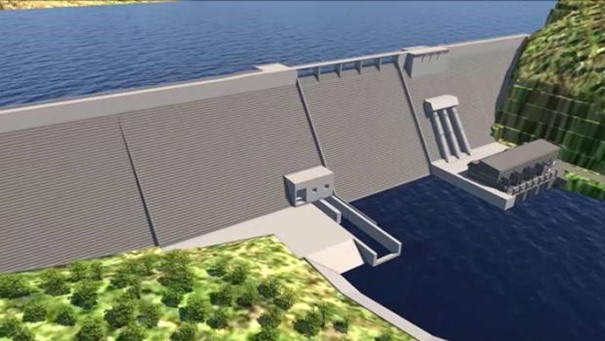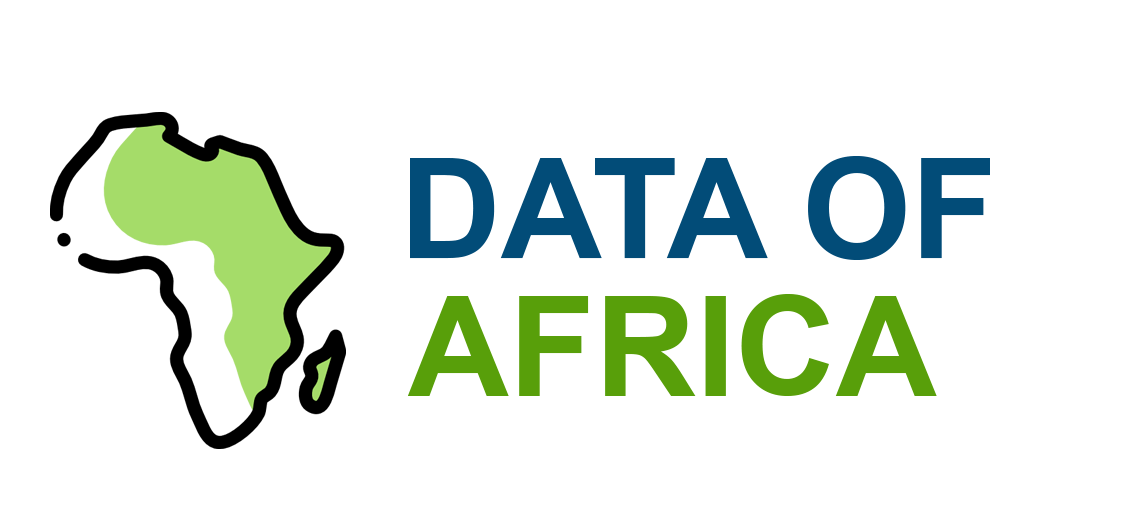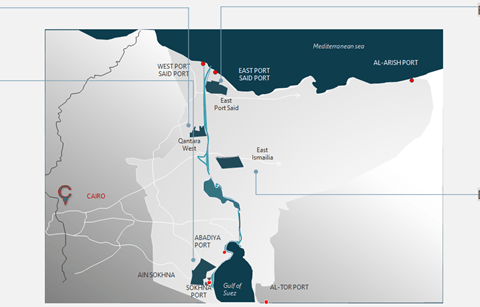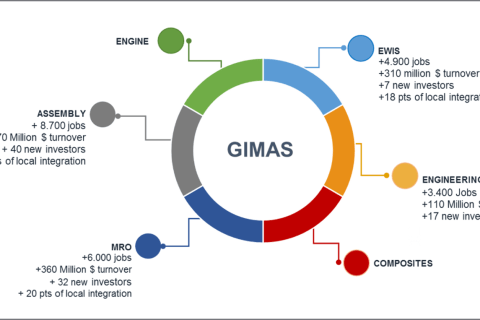
The Sambangalou hydroelectric project, located in the Kédougou region of southeastern Senegal, is one of the largest energy projects underway in West Africa. This dam on the Gambia River illustrates the subregion’s desire to strengthen its energy independence while developing its renewable resources.
Sambangalou plans to build a 91-meter-high, 6.5-km-long dam with a reservoir capacity of 4 billion cubic meters. It will house a 128 MW hydroelectric power plant, capable of producing approximately 400 GWh of electricity per year. This energy will be shared among four member countries of the Gambia River Basin Development Organization (OMVG): Senegal, Guinea, Guinea-Bissau, and Gambia.
The ambition of this project is threefold:
- Strengthening access to electricityin a region where demand is growing rapidly but where networks remain insufficient.
- Stabilizing the Gambia Riverthanks to the regulation of its waters, which will improve irrigation and prevent flooding downstream.
- Boosting agriculturethrough the creation of irrigated areas, and contribute to local development through fishing and related economic activities.
The Sambangalou project represents an investment estimated at 750 million euros, financed by a pool of donors including the African Development Bank, the European Investment Bank, the French Development Agency and the World Bank.
Awarded to the consortium led by VINCI Construction, the project began in 2021 and is expected to last four to five years. In addition to the power plant, it includes the construction of high-voltage transmission lines to connect the plant to the national grid.
Sambangalou exemplifies a rare model of regional cooperation in Africa, based on the equitable sharing of benefits and resources. But the project also poses challenges: ensuring transparent governance, anticipating environmental impacts, and ensuring that affected local populations (particularly those in displaced villages) are properly compensated and included in the project’s benefits.
Ultimately, Sambangalou could become a symbol of a West Africa resolutely turned towards a clean, sustainable and cooperative energy future.




